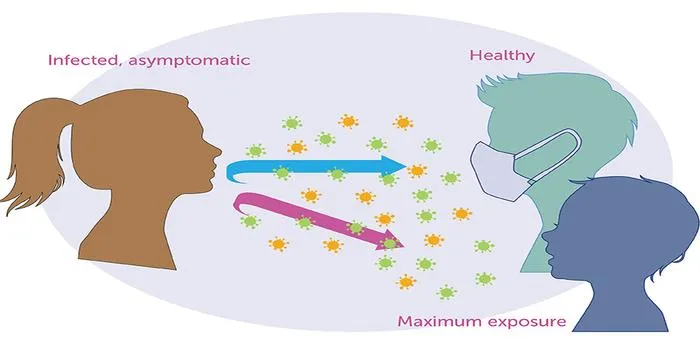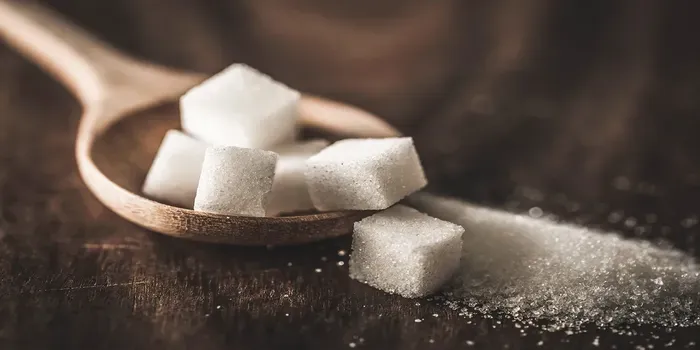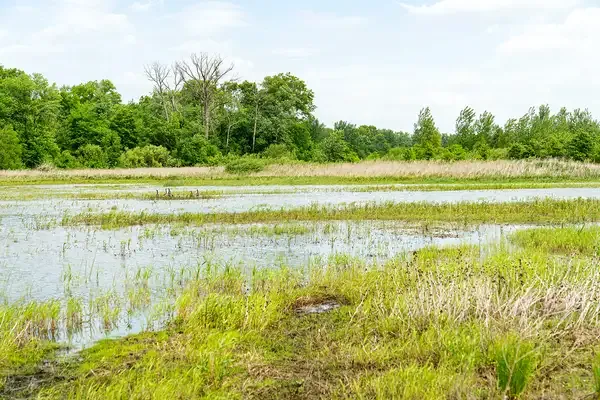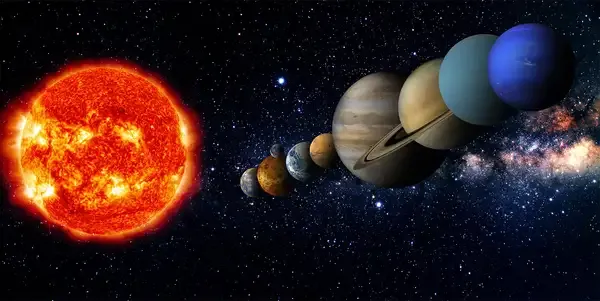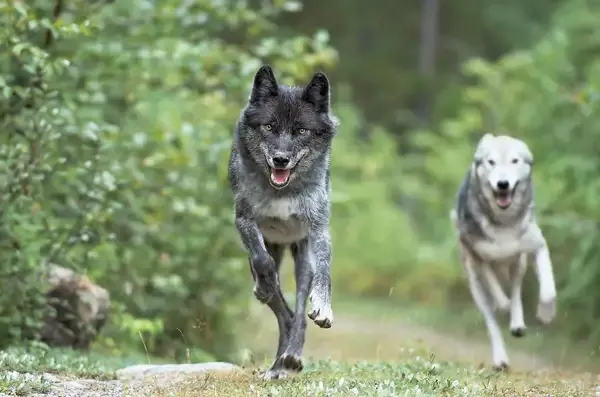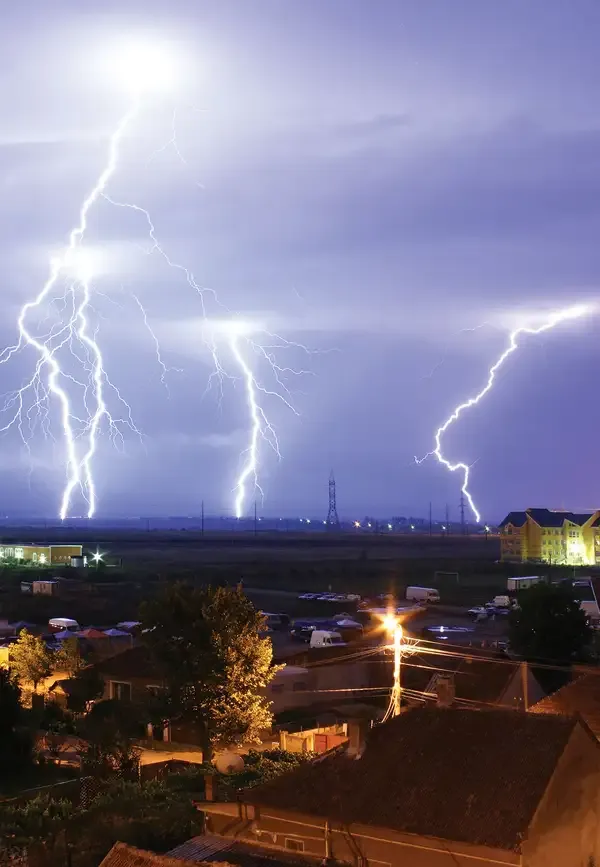- Home >
- Science
- > Technology
7 Crocodilian Species That Are Dangerous to Humans
Crocodilian species pose various threats to humans due to their size, strength, and territorial nature. The Nile crocodile, notorious for numerous attacks, is found across Africa's freshwater habitats. Saltwater crocodiles, the largest of their kind, inhabit Southeast Asia and Australia and are known for their aggressive behavior. American crocodiles, residing in the Americas, can be dangerous if provoked. The mugger crocodile, native to the Indian subcontinent, and the black caiman of the Amazon are also significant threats. Additionally, the Cuban crocodile and the Orinoco crocodile, though less widespread, are known for their potential danger to humans.
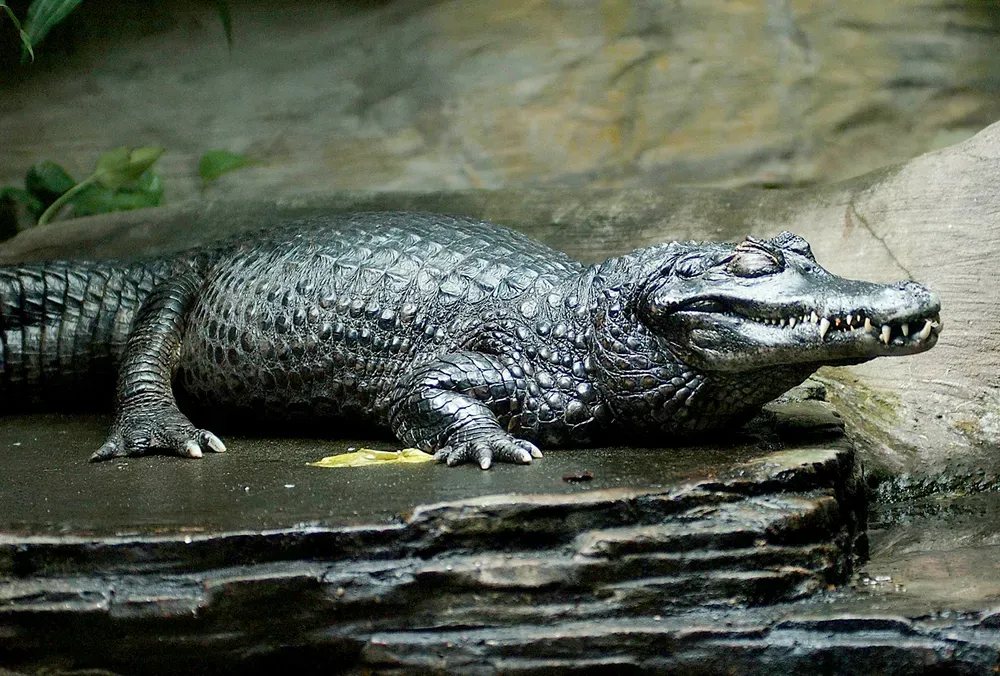
Understanding Crocodilians: The Dangerous Species
Crocodilians are one of the most fascinating yet fearsome groups of reptiles on the planet. This order includes alligators, caimans, gharials, and true crocodiles. While they play vital roles in their ecosystems, some species pose significant threats to humans. Here, we will explore ''seven crocodilian species'' that are particularly dangerous to people.
1. Saltwater Crocodile (Crocodylus porosus)
The ''Saltwater Crocodile'' holds the title for being the largest living reptile, with males reaching lengths of over 20 feet. They are known for their aggressive behavior and extensive range, inhabiting coastal regions and rivers across Southeast Asia, Australia, and the Pacific Islands. Their powerful bite and stealth make them a formidable predator, and they are responsible for numerous attacks on humans each year.
2. Nile Crocodile (Crocodylus niloticus)
Native to Africa, the ''Nile Crocodile'' is another species notorious for its dangerous interactions with humans. These crocodiles can grow up to 16 feet long and are known for their opportunistic feeding habits. They are responsible for hundreds of attacks annually, primarily due to their proximity to human settlements near rivers and lakes. Their ability to lurk just below the water's surface makes them particularly lethal.
3. American Alligator (Alligator mississippiensis)
The ''American Alligator'' is primarily found in the southeastern United States. While generally less aggressive than their saltwater cousins, they can still pose a threat to humans, especially in areas where people encroach on their habitat. Adult males can exceed 13 feet in length, and during mating season, they can become more territorial and aggressive.
4. Orinoco Crocodile (Crocodylus intermedius)
Once abundant in South America, the ''Orinoco Crocodile'' is now critically endangered and primarily found in the Orinoco River basin. These crocodiles can grow up to 16 feet long and are known for their aggressive nature. Attacks on humans have been recorded, particularly when they feel threatened or provoked. Conservation efforts are underway to protect their dwindling population.
5. Cuban Crocodile (Crocodylus rhombifer)
The ''Cuban Crocodile'' is famous for its unique appearance and aggressive temperament. Native to Cuba’s swamps and mangroves, they are smaller than some other species, typically reaching lengths of 7 to 10 feet. Despite their size, they are known for their quick bursts of speed and powerful jaws, which have made them dangerous to humans, particularly in areas where they come into contact with people.
6. New Guinea Crocodile (Crocodylus novaeguineae)
The ''New Guinea Crocodile'' is less well-known but still poses a danger to humans. Found in Papua New Guinea and surrounding islands, these crocodiles can reach lengths of up to 10 feet and are known for their aggressive behavior. Their habitat overlaps with human activity, which can lead to dangerous encounters, especially when they feel threatened or are protecting their nests.
7. Philippine Crocodile (Crocodylus mindorensis)
The ''Philippine Crocodile'' is a smaller species, typically growing to about 10 feet long. Despite their size, they have become increasingly aggressive due to habitat loss and hunting pressures. They are considered critically endangered, but their interactions with humans can still be dangerous, primarily due to the stress of habitat encroachment.
Comparative Chart of Dangerous Crocodilian Species
| Species | Scientific Name | Average Length | Region | Threat Level to Humans |
|---|---|---|---|---|
| Saltwater Crocodile | Crocodylus porosus | 20 ft | Australia, Southeast Asia | High |
| Nile Crocodile | Crocodylus niloticus | 16 ft | Africa | High |
| American Alligator | Alligator mississippiensis | 13 ft | Southeastern USA | Moderate |
| Orinoco Crocodile | Crocodylus intermedius | 16 ft | South America | High |
| Cuban Crocodile | Crocodylus rhombifer | 7-10 ft | Cuba | Moderate |
| New Guinea Crocodile | Crocodylus novaeguineae | 10 ft | Papua New Guinea | Moderate |
| Philippine Crocodile | Crocodylus mindorensis | 10 ft | Philippines | Moderate |
Conclusion
While crocodilians are essential members of their ecosystems, their interactions with humans can be deadly. Understanding these ''dangerous crocodilian species'' is crucial for both conservation efforts and public safety. Being aware of their habitats and behaviors can help reduce the risk of dangerous encounters. Always exercise caution when in areas where these reptiles are present, and respect their role in the natural world.

